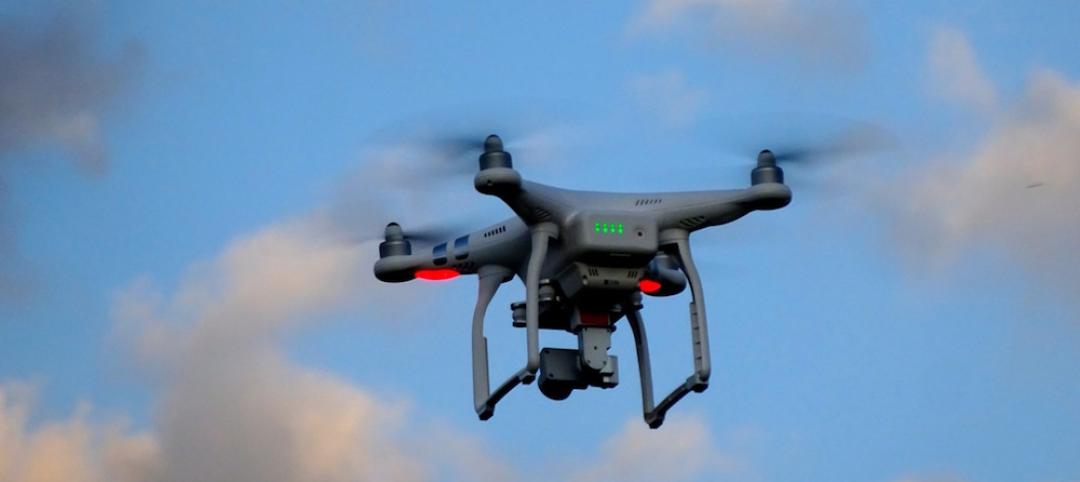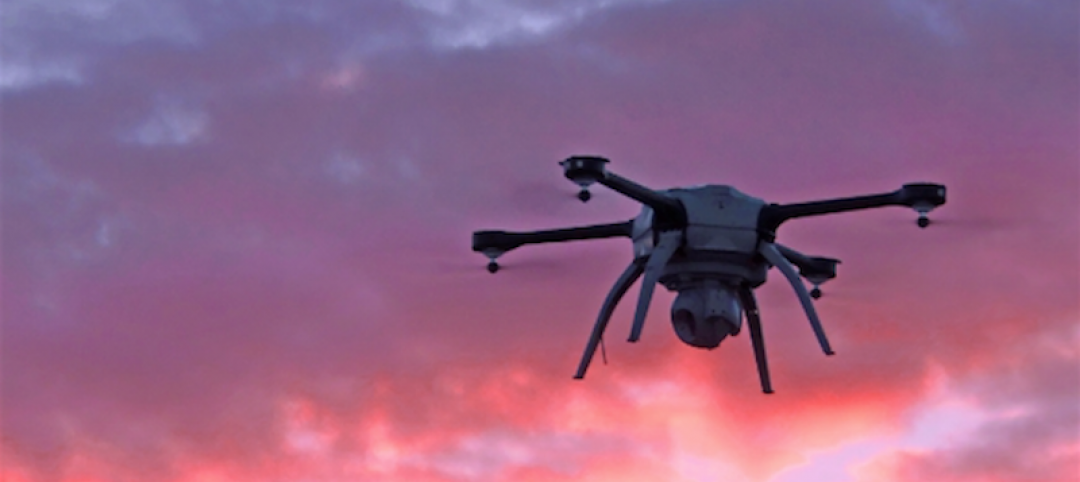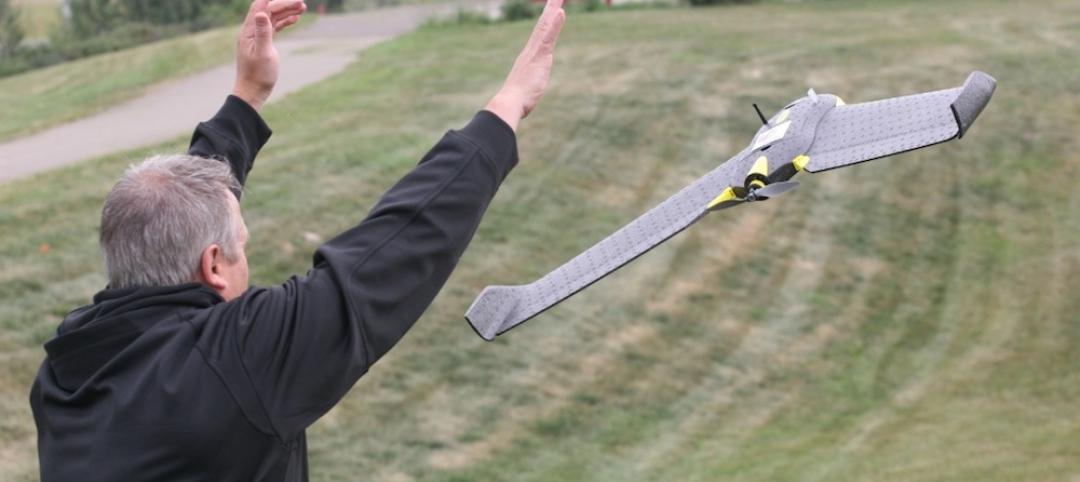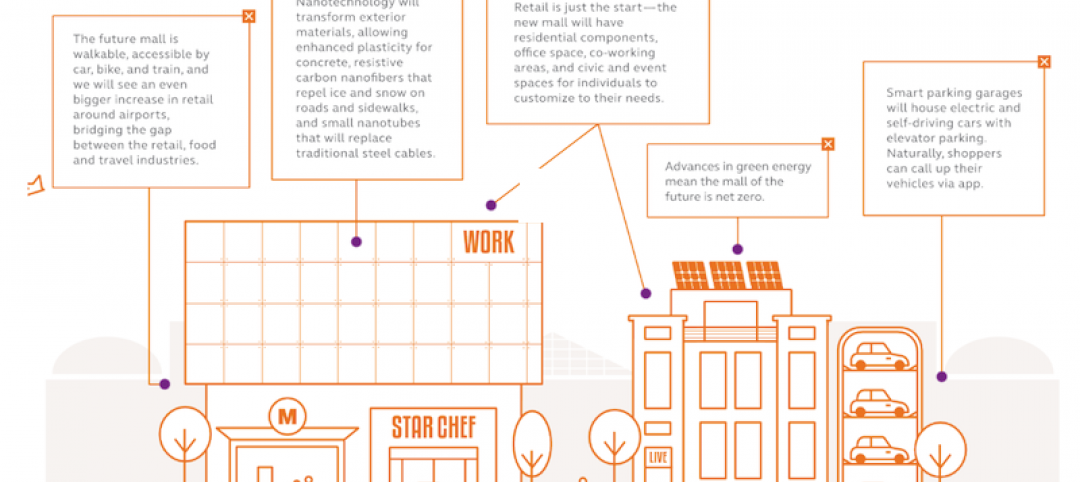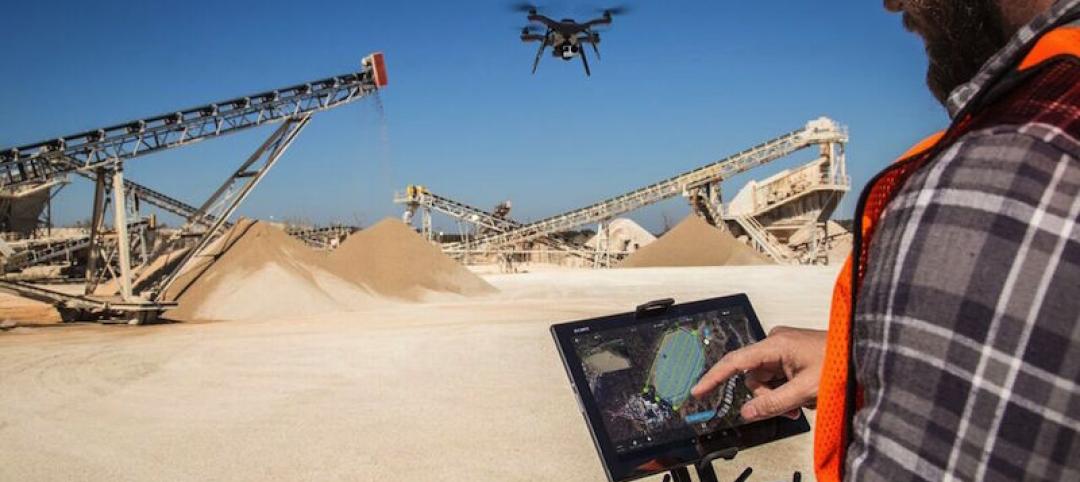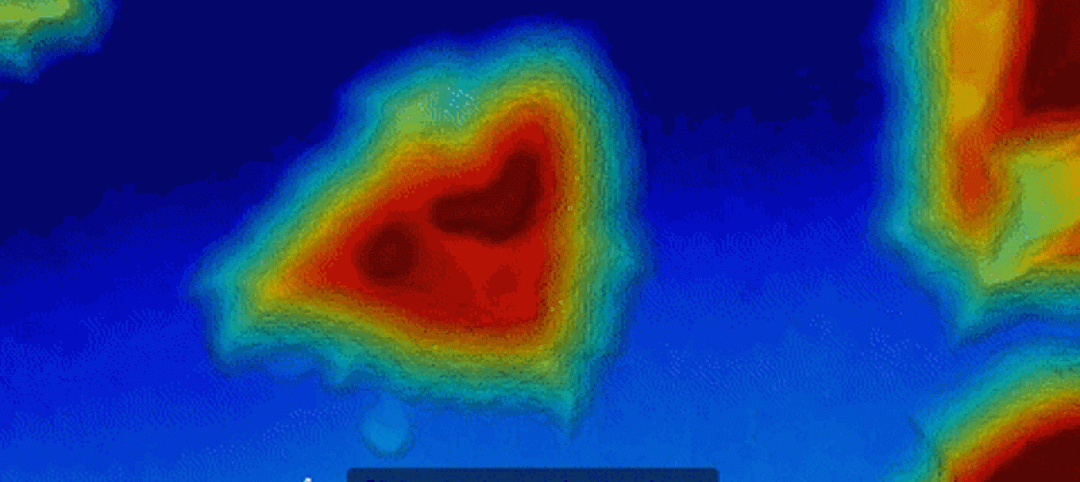In January, Skypan International, an aerial photography company, agreed to pay $200,000 to settle FAA allegations that it flew 65 illegal drone flights above New York and Chicago from 2012 to 2014.
Even though the FAA has broadened its parameters for operating drones, Garrett Hurley, whose firm, SD Aerial Media, San Diego, has shot footage on construction sites using drones, is convinced that 85-90% of drone operators aren’t FAA certified under the agency’s Part 107 rules or aren’t covered (as his firm is) by liability insurance.
At Autodesk University in Las Vegas last November, two virtual design coordinators from Brasfield & Gorrie, Hunter Cole and Jesse Creech, shared useful best practices for operating drones:
- Ensure the aircraft is registered with FAA, and the operator is certified. Under the FAA’s new rules, an operator no longer needs a pilot’s license, but must pass a background check and a 60-question test to be certified as a remote drone operator.
- Schedule flights at times when the fewest nonessential personnel will be present. FAA rules restrict flying over areas with people who aren’t involved in the construction or drone operation.
- Verify that the airspace isn’t restricted. Flights can’t be closer than five nautical miles to an airport or two nautical miles to a heliport. Verify weather conditions, which ideally should be clear with winds <10 mph.
- Secure permission for the flight from the project team and property owner, preferably a week in advance.
- Plan flight missions with all relevant data.
- Before flights, perform a hardware inspection of the drone to identify potential safety hazards like overhead wires or vertical structures.
- Record as much imagery as possible. Fly at the lowest possible altitude to get the best image quality. Amplify the photo overlap, which can help the software in registering the model. Supplement areas of interest with “angled” photos.
- Bring extra batteries. Most batteries can power drones for only about 20 minutes.
- Before leaving the job site, field-verify that you got what you came for, and that the UAS obtained a reasonable amount of photos.
- Put together an operations manual, says Trevor Wichmann, Senior Director with drone software provider Skyward.
Related Stories
Drones | Dec 7, 2016
Could this idea for an Urban Droneport facilitate the future of drone-based deliveries?
The project was designed by Saúl Ajuria Fernández as part of his master’s degree in architecture.
Sponsored | Drones | Oct 25, 2016
FAA issues rules for commercial drone use
People in the construction business are finding all sorts of great applications for drones, including the inspection of remote locations, getting a high viewing angle for monitoring construction progress, or showing off an impressive aerial view of a finished project.
Drones | Jul 13, 2016
FAA issues final rule on commercial use of drones
The rule covers commercial uses for drones that weigh less than 55 pounds, and it takes effect Aug. 29.
Drones | Apr 25, 2016
The Tremco SkyBEAM UAV is the first to be approved by the FAA for nighttime commercial operation
The SkyBEAM UAV is used for identifying energy leaks, rooftop damage, deteriorating façades, and safety issues without requiring scaffolding or cranes.
Drones | Mar 18, 2016
Drones aren't just a curiosity anymore for AEC firms
UAVs, now mounted with higher-quality image-capture cameras and software, offer crisp building and site inspections.
Retail Centers | Mar 16, 2016
Food and technology will help tomorrow’s malls survive, says CallisonRTKL
CallisonRTKL foresees future retail centers as hubs with live/work/play components.
Drones | Mar 9, 2016
A new image-capturing platform mediates drone and cloud technologies
3DRobotics, Autodesk, and Sony launch Site Scan to speed the process of making models from field data.
Drones | Feb 3, 2016
A new volume measurement tool makes drone imagery easier to analyze
DroneDeploy’s latest app is available for all mobile devices.





